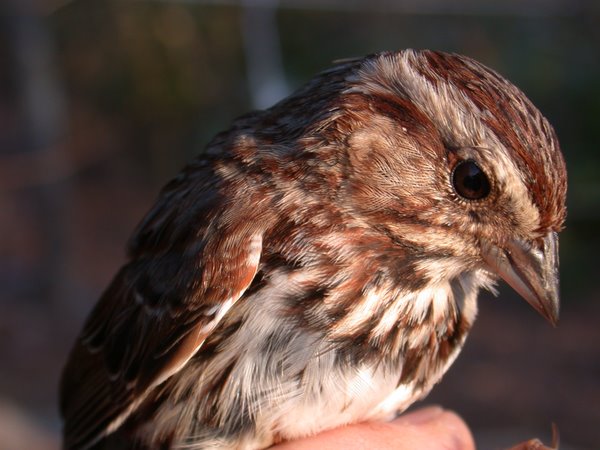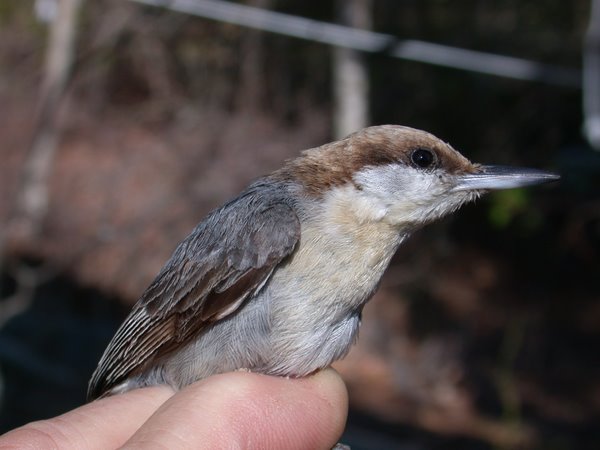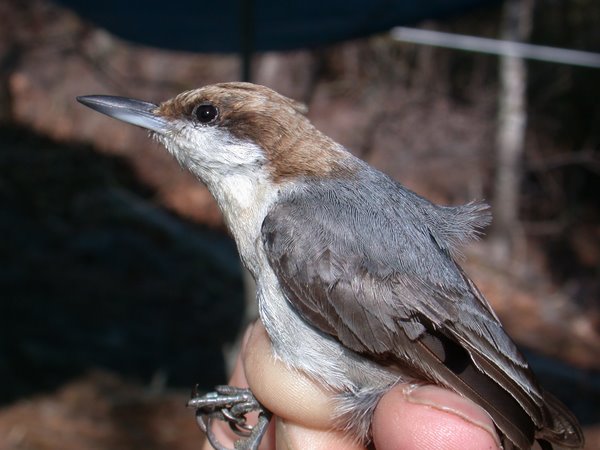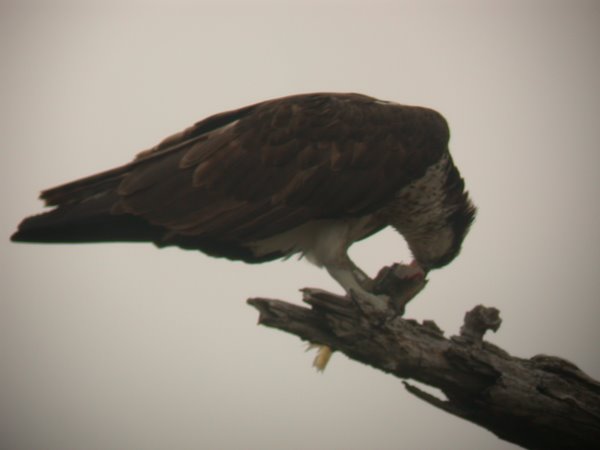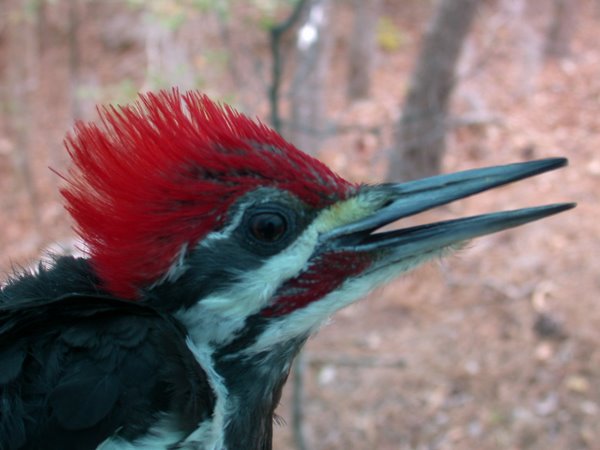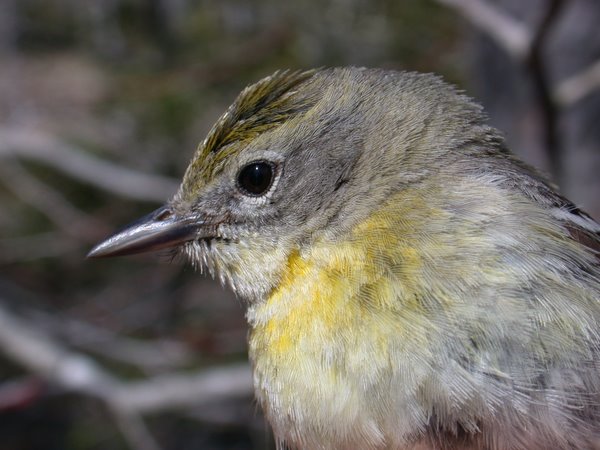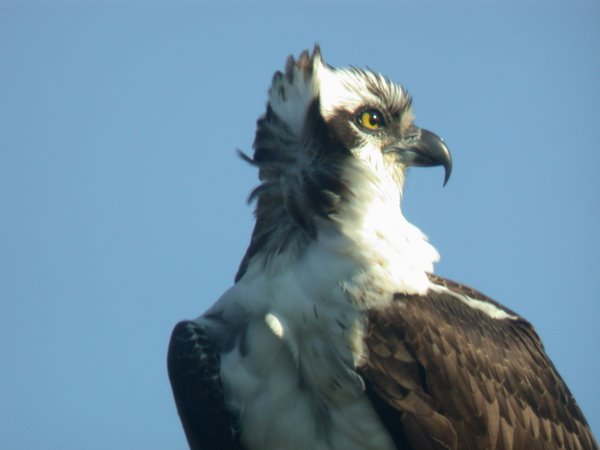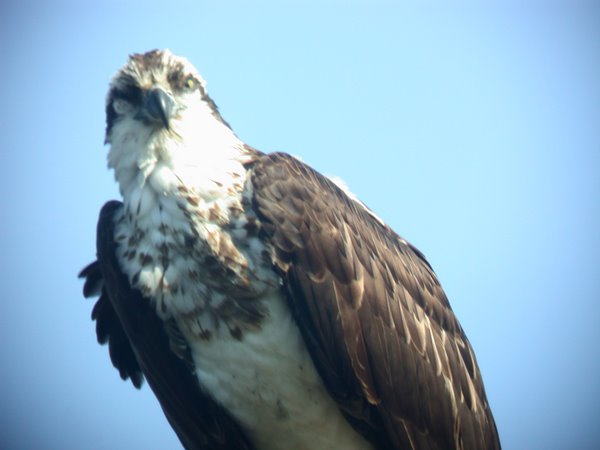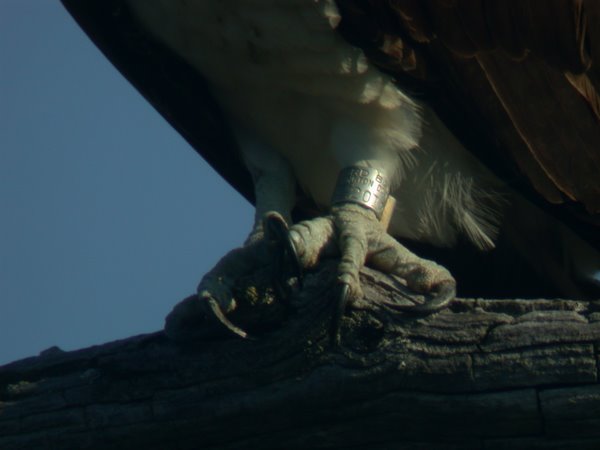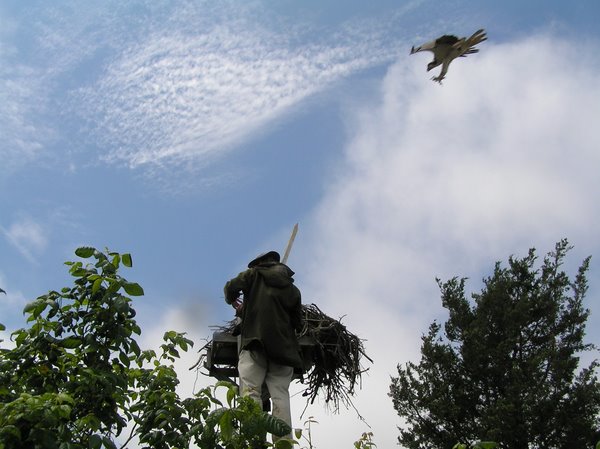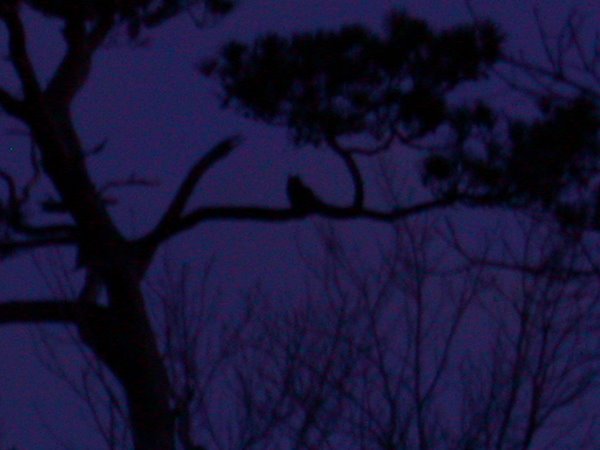


The marsh nets continue to yield marsh wrens and sparrows along with an occasional Common Yellowthroat. On May 9th a Nelson's appeared early in the morning. Given the bright white markings on its back and bright, buffy orange breast, it is likely of the nelsoni subspecies which breed from the Canadian prairie to South Dakota. Quite a nice bird.













